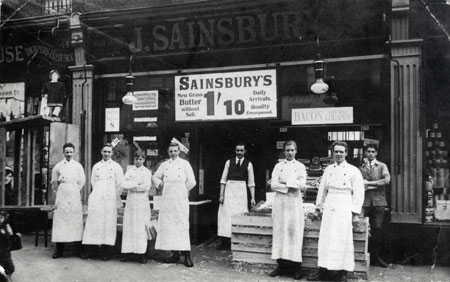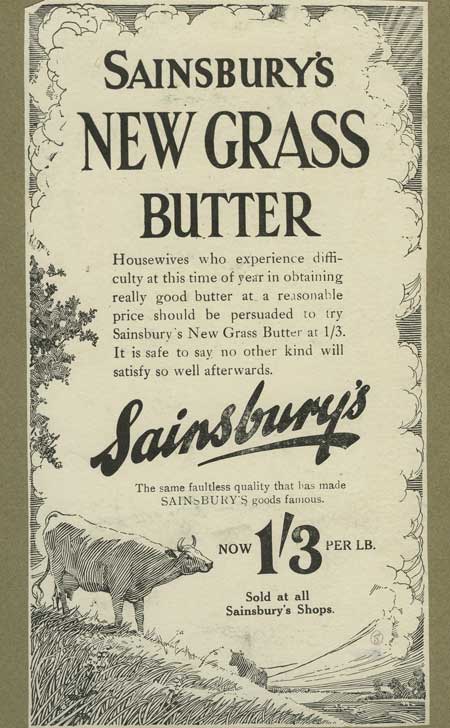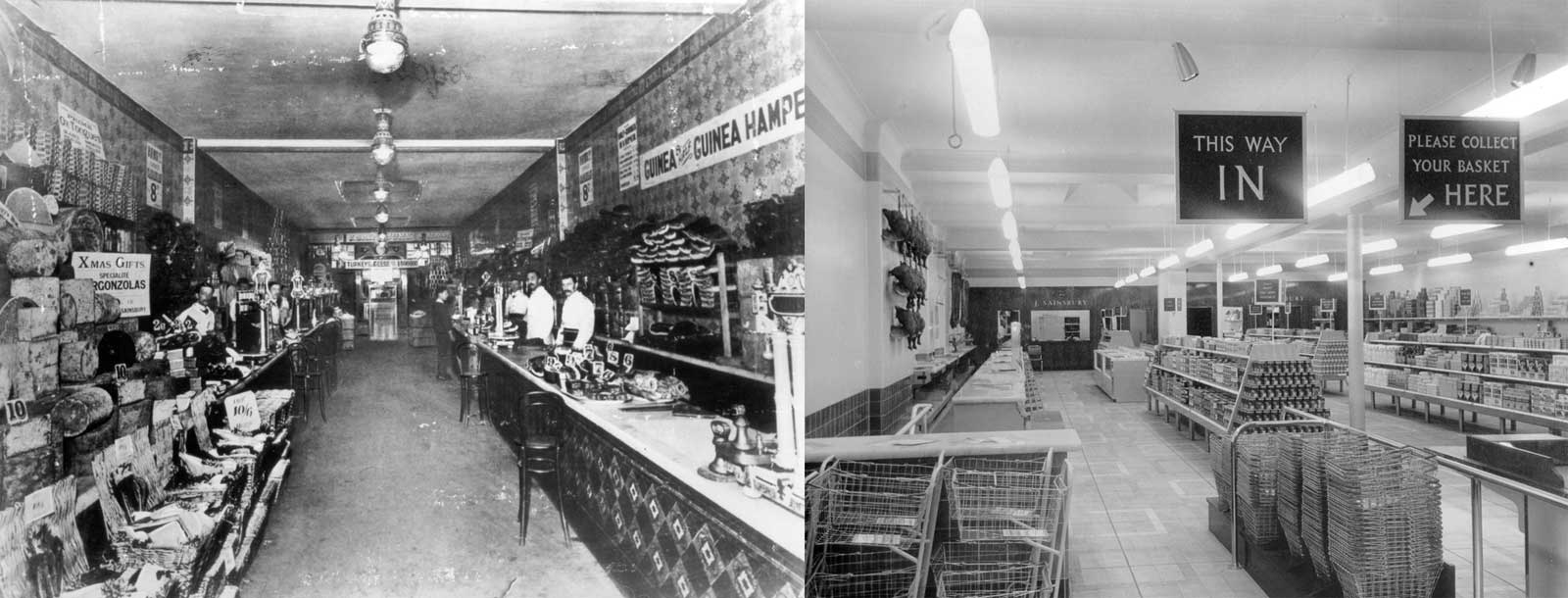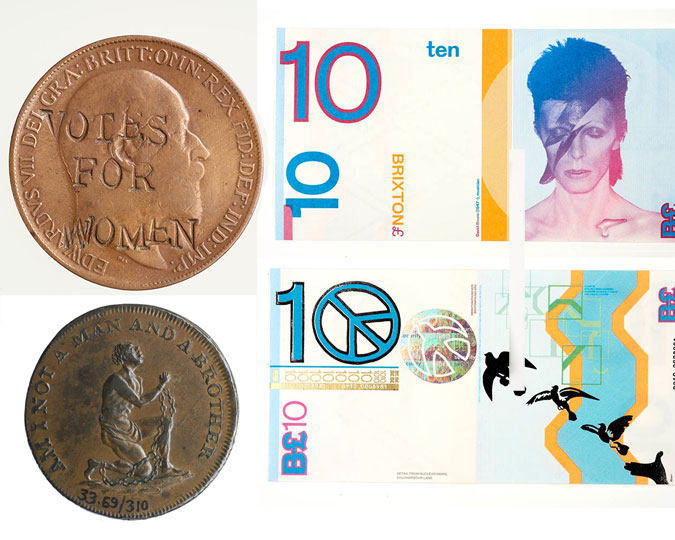The Sainsbury Archive, at the Museum of London Docklands, is available for anyone to visit. Archivist Liane MacIver previews some of their material and explains how the story of Sainsbury's tells us about London's history.
The Sainsbury Archive is the largest retail archive in London, and tells the story of J Sainsbury Plc from its humble beginnings on Drury Lane in 1869 to one the largest supermarket chains in Britain. There is a wide variety of material in the archive, but what can it tell us about the way Londoners used to shop?

Exterior of Sainsbury's Sutton branch, 1907
One of the largest parts of the collection is our series of photographs. It contains many images of branches of Sainsbury's, some of which no longer exist and some that have seen great change throughout their history. The photographs provide a snapshot of what shopping looked like from the 1890s to the 2000s. The photographs can tell us a great deal, from what employees wore to the layout of stores. They can also tell us what goods were for sale and the way they were displayed. This allows us to visually compare how shopping experiences changed over the twentieth century.
Our earliest photographs show stores that were decorated with elegant tiles for aesthetic and hygienic reasons. The male workforce stand behind counters piled high with uncovered goods, ready to be measured out to a customer's specifications. In the early 1950s there was a small revolution in food shopping as counter service stores were replaced with self-service supermarkets. Some of our shop photographs beautifully illustrate this change in British retail habits.
The examples of packaging held at the archive demonstrate how design has changed over the twentieth century. Packaging from the 1950s seems quite plain to us today. The design is mostly text-based, with only one or two colours. From the 1960s more images were incorporated into packaging design. During this period packaging was designed by hand, in the in-house Design Studio. Within the archive we hold a large number of original artwork from the Design Studio. This can show us how the design of products has evolved, and how the design process was carried out prior to the use of computers.

Sainsbury’s new grass butter advert, 1910s
Advert for British butter.
The advertising section of the collection can demonstrate the changes in how Sainsbury’s attracted customers. The language and imagery in adverts has changed dramatically over the last century. 100 years ago adverts, typically placed in newspapers, were heavily text-based and were aimed at ‘housewives’.
Adverts also emphasised the quality and authenticity of products, following generations of food adulteration by retailers. Another form of advertising used by Sainsbury’s was the circulation of price lists. The price lists are an invaluable resource because they tell us what products were available at a certain point in time and how much they were on sale for. This allows us to make useful comparisons to present day prices.
The Sainsbury Archive doesn’t merely tell us the story of a food retail business. It can tell us how Londoners used to shop, what they used to eat and how they were encouraged to buy. Other material in the collection includes financial records, shop fittings, carrier bags, shopping trolleys, employee records, uniforms, weighing scales and personal artefacts of the Sainsbury family.















